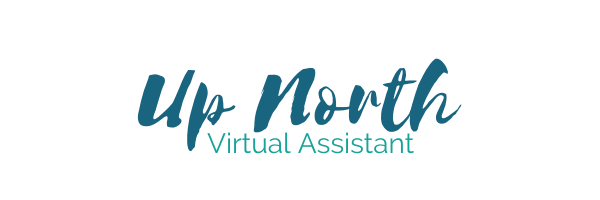Keeping appointments and deadlines in a calendar is essential. Without one, unless you’ve got a great memory (which I don’t), things can go bad, really quickly!
Unfortunately, many people still struggle with electronic calendar set-up, something I see with clients all the time. This is how it usually happens:
They have a job before they start their business, and they use a calendar associated with their personal email for their personal life. Which makes perfect sense.
They start a business and decide to keep business and personal lives separate (just like when they had a job). So, they get a new email account for their business, something like, mybusinessname@gmail.com. Now there are two calendars, the personal calendar and the business calendar.
Then (sometimes), they get a “paid domain” email account (e.g., yourdomain.com ). Then they get a calendar with that email account and now there are three places to log into and three places to track and check.
I was one of these people until I decided it was time to consolidate everything into one place.
If there is resistance to this idea, it’s usually from people who want to keep their “work life” and “personal life” separate. I understand, but, since there is only one you and only one place you can be at any given time, it makes more sense to keep everything in one place.
You can even have other people’s calendars show up (with their permission, of course). For example, I can toggle on and off some clients’ calendars. This way, we can schedule meetings easier, reducing confusion and the back-and-forth communication to find a time that works for both of us.
Sorting this out can take a little time, but I guarantee it’s worth the effort. Here’s how to start:
Decide which calendar you’re going to use. Open the other calendars and transfer your appointments manually or hire someone to migrate them for you. Be sure to look a year ahead so you don’t miss any recurring events, like anniversaries and birthdays that might be months into the future.
Make sure all calendar invites sent and received are done so using the email address tied to this calendar.
Ask other calendar owners, like your children, family, partner, and select clients, to “share” their calendar with you. If you use Google calendar, click here for step-by-step instructions, click here if you use Outlook.
When you’re finished with the consolidation, you’ll be able to access your calendar across all your devices knowing that everything you need is all in one place.
Related Posts:
9 Ways to Get Your Business Organized Right Now
Is Your E-mail Address Hurting Your Business
5 Ways to Make Your Business Look More Professional

